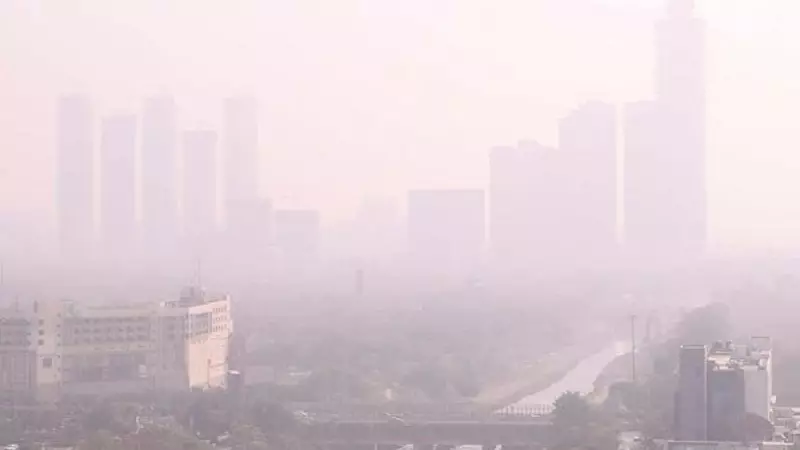
Several key urban centers across Uttar Pradesh are grappling with alarmingly poor air quality as winter conditions intensify, creating a dual challenge of pollution and dropping temperatures for millions of residents.
Deteriorating Air Quality Across Major Cities
According to recent environmental data, multiple UP cities have recorded Air Quality Index (AQI) readings in the 'poor' to 'very poor' categories. Lucknow, the state capital, registered an AQI of 268, firmly placing it in the 'poor' air quality bracket. The industrial hub Kanpur fared even worse with an AQI of 302, while the spiritual city of Varanasi recorded 287, both falling under the 'very poor' classification.
Other affected urban areas include:
- Ghaziabad with AQI 263
- Noida at 242
- Moradabad recording 234
- Bareilly at 233
- Firozabad with 232
Temperature Plunge Adds to Woes
Compounding the pollution crisis, meteorological authorities have forecast a significant drop in temperatures across the state. Weather experts predict mercury levels will fall to approximately 16-14 degrees Celsius in the coming days, marking a substantial cooling trend as winter establishes its grip on northern India.
The combination of deteriorating air quality and falling temperatures poses serious health concerns, particularly for vulnerable populations including children, elderly citizens, and individuals with pre-existing respiratory conditions.
Health Advisory for Residents
Medical professionals recommend that residents in affected areas take precautionary measures, including:
- Limiting outdoor activities during early morning and late evening hours
- Wearing protective masks when venturing outside
- Using air purifiers in indoor spaces
- Maintaining adequate hydration
- Seeking medical attention for persistent respiratory symptoms
The deteriorating environmental conditions highlight the ongoing challenge of urban pollution in North Indian cities during the winter months, when meteorological factors typically trap pollutants closer to the ground, exacerbating air quality issues.





